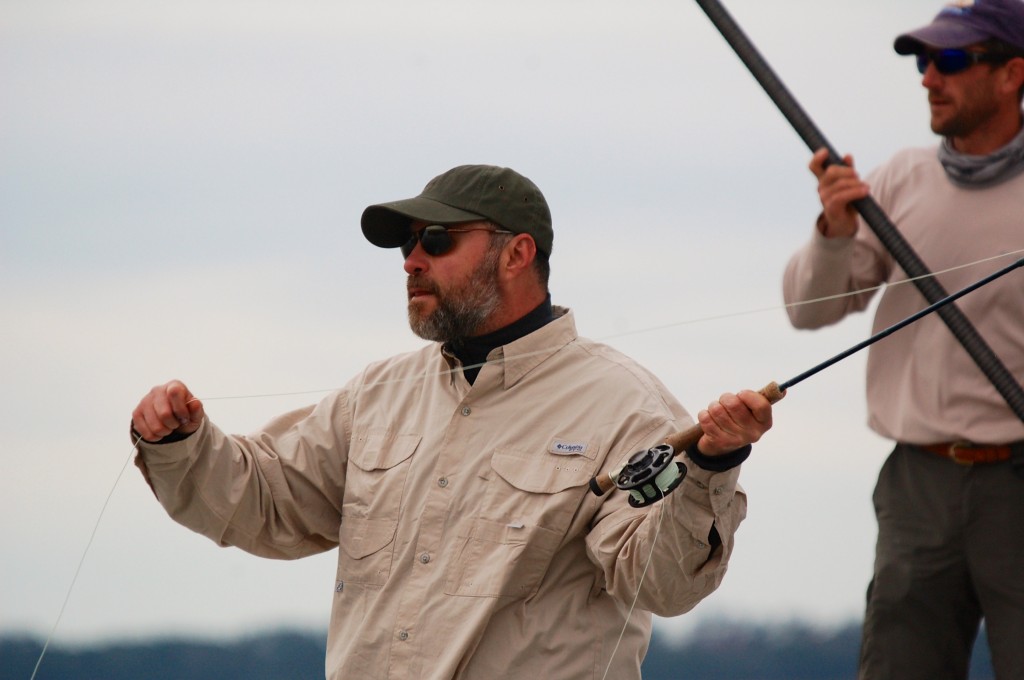Dealing with the Wind
By Captain Charlie Beadon
There are very few days in saltwater fly fishing that we don’t need to consider some sort of wind; in fact I would say that the wind is the biggest difficulty to overcome in the sport. You have to remember that we are trying to present an essentially weightless lure, accurately, at long distances thus any amount of wind needs to be accounted for. Overall there are four directions of wind that we need to consider: wind over the non casting shoulder, wind over the casting shoulder, a tail wind and a head wind. Wind blowing over the non casting should is the easiest to deal with as it only requires an adjustment in where you place the fly, basically you just need to deliver the fly slightly upwind to allow for the blow over. A wind coming off of your casting shoulder is the most dangerous of all conditions because this wind tends to blow the fly line and fly back across your body (the number one cause for guys getting caught in the back of the head with the fly). Given this wind condition, in saltwater, I like to turn my back to the wind and deliver the fly on the back cast which keeps that fly down wind and away from my body! I really don’t mind a tail wind too much and to compensate I generally make a low-to-the-water back cast followed by a direct overhead forward cast (AKA – Belgian Cast). Finally, we need to take a look the head wind – this wind tends to be the most difficult to overcome. If you have a strong head wind I would suggest changing casting directions, but in a light to moderate head wind the best thing to do is to tilt the trajectory of your cast slightly so that you are making a high angled back cast followed by a low angled forward cast directly to the target. In all cases, a tight casting loop (the most aerodynamic of all loops) and high line speed will give you the greatest advantage…well how do we achieve the tightest loops with maximum line speed? The answer is by using an efficient double haul and at the end of the day the double haul is the one advanced casting technique that every saltwater fly caster should be able to perform! Hauling line gives you a huge advantage by adding a great deal of extra energy to the cast thus giving you the higher line speed, tighter loops and the ability to make effortless casts that will slice through menacing sea breezes. Until next time, Keep on Casting!
Captain Charlie Beadon
www.hiltonheadfishingadventures.com

